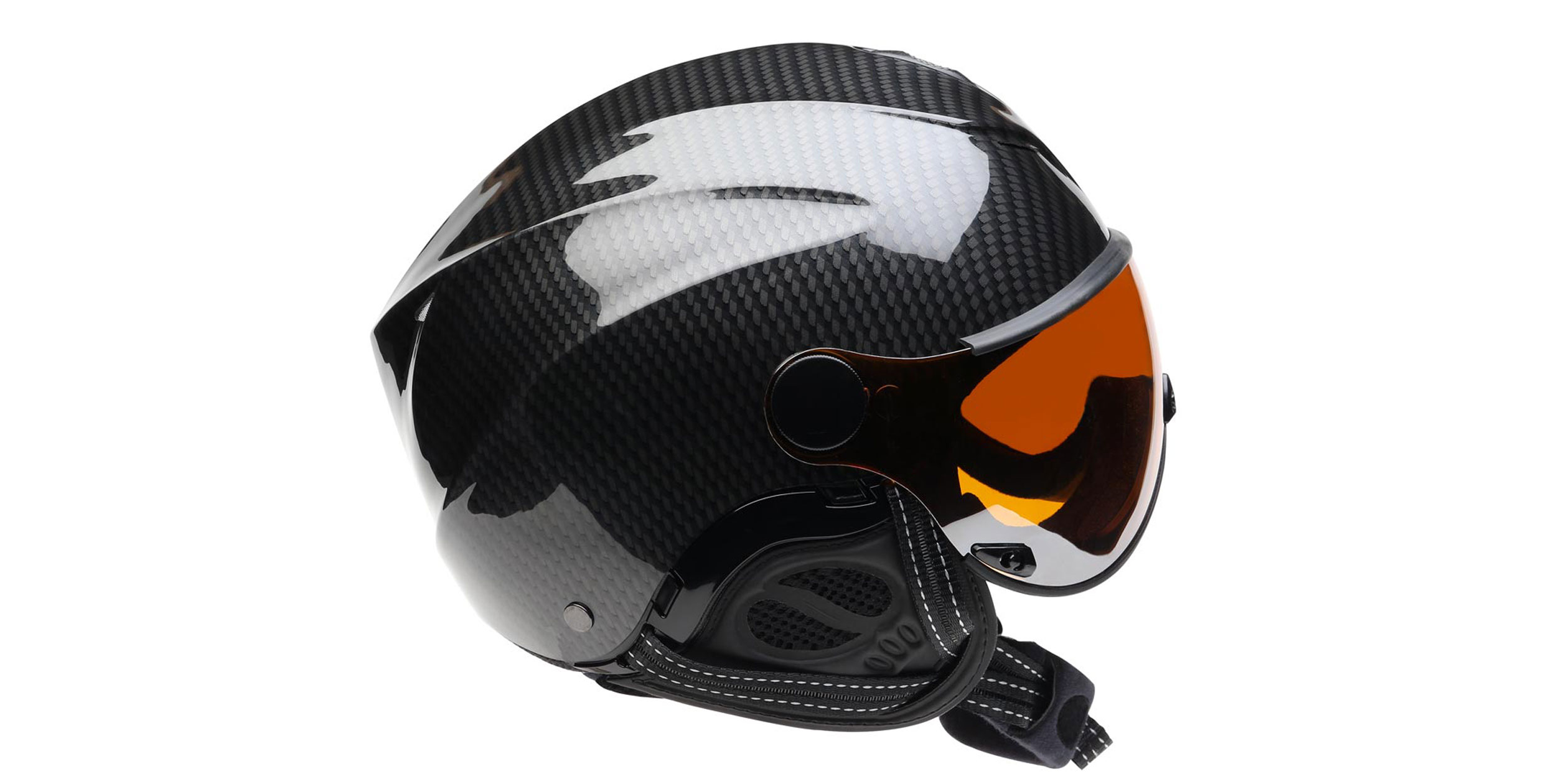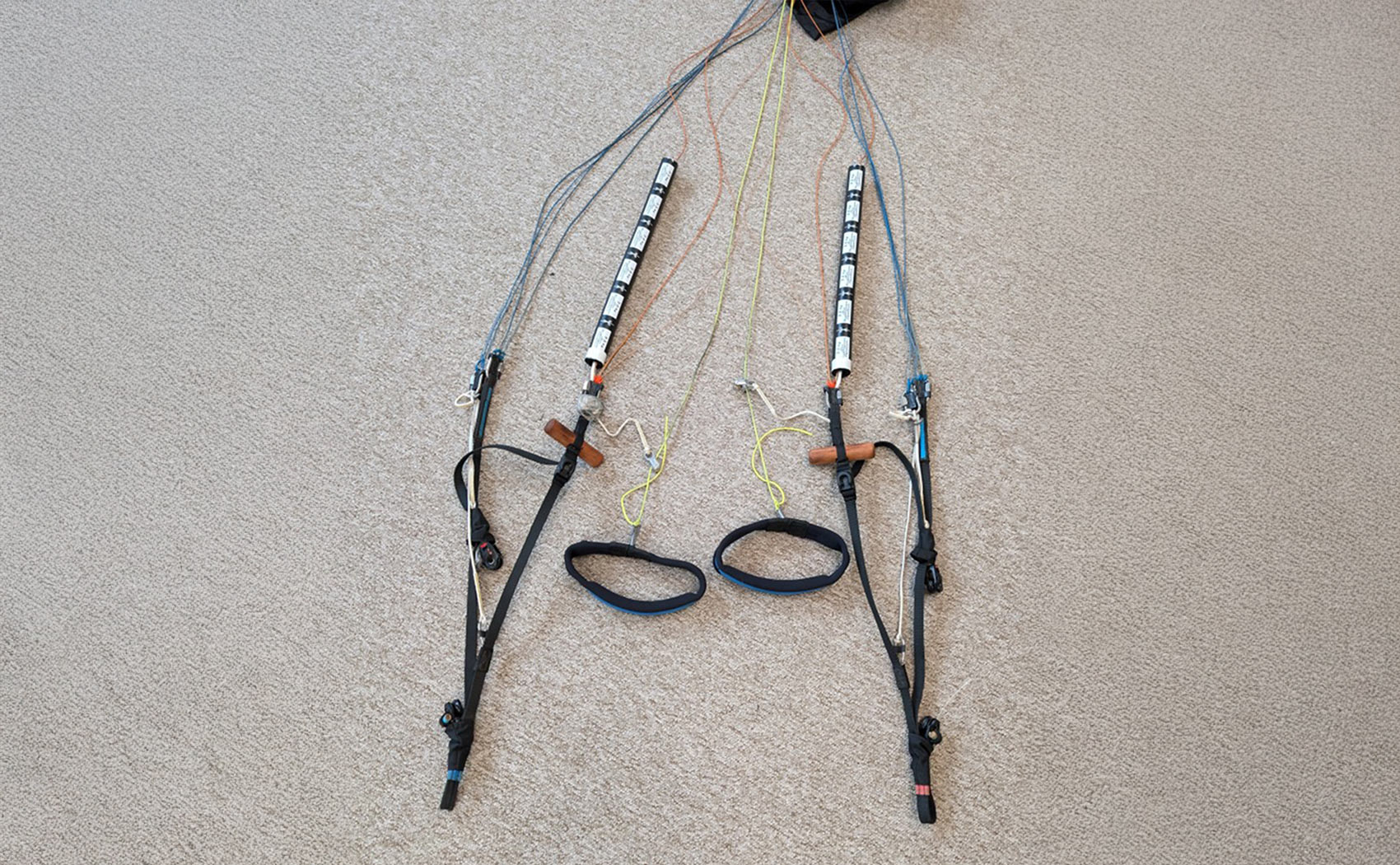Worried about running out of fuel? Trike pilot Andrew Bill gives the Tiggy a try.
I fly a powered trike (Flylight Dragonfly). After a few seasons flying in various conditions I knew I had to make some changes if I was to improve my thermalling experiences. The problem was my trike did not have a fuel gauge so I used time to estimate my remaining fuel quantity.
However, when thermalling extensively (engine throttled back to idle/switched off), it was not possible to accurately determine remaining fuel quantity (for example a powered cruising flight would use 3.5 to 4l/hr whilst a recent thermalling flight used only 1l in an hour). Not wanting to cut short a good thermalling flight because of fuel concerns, but equally not wanting to run out of fuel because of poor flight management, I realised a fuel gauge was required.
The solution was to buy a ‘Tiggy’ fuel system, basically a flow meter with a small computer. You enter your start fuel quantity at power-on and it calculates/displays the remaining fuel quantity as well as a few other interesting parameters.

IN THE BOX
Opening up the box the instrument comes in you will find the following:
- Fuel quantity computer
- Flow meter
- 1.8m shielded cable
- 9V battery holder with On/Off switch and power cable
- Instructions
INSTALLATION
The fuel flow sensor has to be mounted with the electrical connector pointing up and the sensor should be as close to horizontal as possible. It had a loop of Velco underneath but I secured it in place with cable-ties. For my installation the 1.8m cable supplied was too short. A longer cable can be supplied on request although I easily found the parts on the internet to make my own.
I originally ran the signal cable with my RPM cable but found my fuel flow readings were incorrect due to interference. It’s important to run the Tiggy cable away from any other electrical cables to avoid interference. The unit can either be powered via a power outlet if you have one, or the supplied battery holder. The display-computer comes with Velcro straps although I added extra self-adhesive Velcro to the back, and also used Velcro to attach the battery pack.
It is important when installing the sensor that the tubes in your system are the same size as the ports (approx 6mm) or you will run the risk of introducing air into the system. It must be placed before the fuel filter, and note the system won’t work correctly if you have a fuel return hose going back to the tank.

THE READOUTS
Once installed the system is able to give you the following information:
- Fuel: Displays remaining fuel quantity
- Flow: Displays fuel flow rate (sample taken over a 10s period)
- FT: Estimate of remain flight time at current throttle/fuel quantity (in minutes)
- AFT: Actual Flight Time (only shown when engine stopped) – reset on every unit power cycle.
As well as these readouts there is also a low-fuel alarm although I’m not entirely convinced I would see or hear it in flight.
The system also has a menu that is accessed using two buttons located on the back of the device. This allows you to set the initial fuel level and calibrate the fuel flow as well as change your preferences. Upon power-up the last known fuel quantity is displayed but it is very simple to enter a new amount if you have re-fuelled.
CONCLUSION
Once I sorted out my original teething problems with my installation the system has worked well and is simple to use. Well done Tiggy – just what I wanted.
Pluses
- Simple to fit
- Relatively low cost
- Easy to set up at the start of each flight
- Good features.
- Once set up all you really have to do pre-flight is turn it on.
Negatives
- Sensor port diameter
- Length of cable (longer cable required for my application)
- Fuel sensor orientation and attachment points (it would have been good to have an improved attachment method/bracket)
You can purchase the Tiggy Fuel Meter at www.xcshop.com
For further information www.paramotorflyer.com


• Got news? Send it to us at news@paramotormag.com










